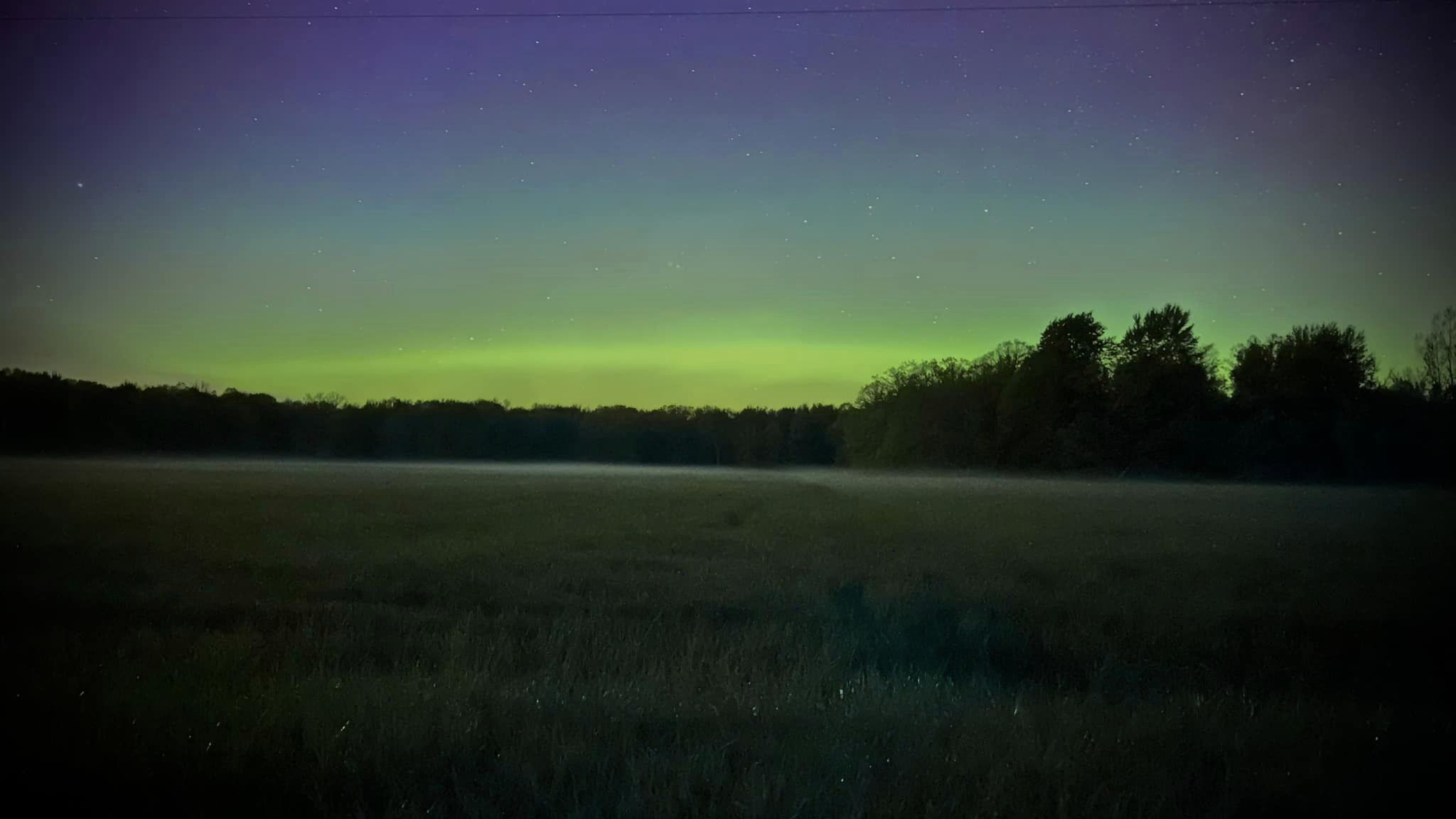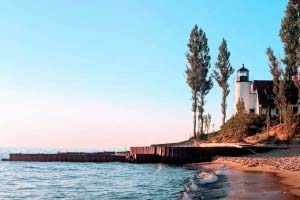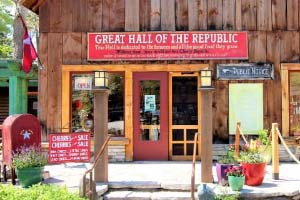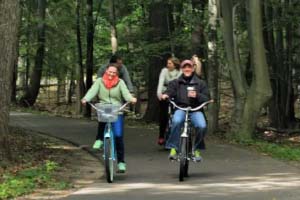Sleeping Bear Dunes Stargazing: Best Spots
Nestled along Michigan’s picturesque coastline, Sleeping Bear Dunes National Lakeshore offers more than just breathtaking daytime views—it’s also a prime location for stargazing enthusiasts longing to witness the majesty of the night sky. With its minimal light pollution and serene natural setting, Sleeping Bear Dunes becomes a sanctuary for those seeking to catch a glimpse of the brilliant celestial displays, including the awe-inspiring northern lights. This unique attribute makes Sleeping Bear Dunes stargazing an unforgettable night adventure, offering a dazzling array of sights from the Milky Way to meteor showers that light up the Michigan sky.
Embarking on a night sky adventure at Sleeping Bear Dunes requires a blend of timing, preparation, and a bit of guidance to maximize the experience. This article will explore the best times and locations within the Sleeping Bear Dunes National Lakeshore for optimal stargazing, including tips on witnessing the magical northern lights. It will also provide essential advice on preparing for your night under the stars, from what to bring to how to capture the beauty of the night sky through photography. Moreover, the conservation efforts to preserve Michigan’s dark sky parks will be highlighted, ensuring these wonderous night sky events remain accessible for generations to come. Whether you’re a seasoned astronomer or someone looking to add a unique twist to your Michigan adventure, the stars at Sleeping Bear Dunes promise an enchanting experience.

Discovering the Night Sky at Sleeping Bear Dunes
Sleeping Bear Dunes National Lakeshore serves as a sanctuary for those eager to explore the wonders of the night sky. This area, known for its minimal light pollution, offers some of the most awe-inspiring views along the Lake Michigan shoreline. Visitors are invited to join weekly and monthly programs aimed at discovering the celestial beauty overhead. These programs provide an excellent opportunity to learn about the constellations, track the moon’s phases, and even delve into the creative mythology of the stars.
Recommended stargazing spots within the park include the beaches along Lake Michigan, the Dune Climb parking lot, and Thoreson Farm in the Port Oneida Rural Historic District. Each location offers a unique perspective away from city lights, allowing for optimal stargazing conditions. Visitors are encouraged to allow their eyes approximately 20 minutes to adjust to the dark, enhancing the stargazing experience.

Best Times and Locations for Star Gazing
For an optimal stargazing experience at Sleeping Bear Dunes, timing and location are crucial. Here are key insights for planning your visit:
Annual Celestial Events
Visitors can enjoy a variety of celestial events throughout the year. Meteor showers, eclipses, and the rare glimpse of the northern lights are best observed during specific times. For instance, the Perseid meteor shower in August offers a spectacular display, best viewed from locations with minimal light interference.
Strategic Viewing Locations
To escape light pollution and enhance your stargazing experience, strategic locations within the park are recommended. The Dune Climb parking lot and Thoreson Farm in the Port Oneida Rural Historic District offer darker skies. Additionally, Platte River Point is an excellent spot for unobstructed views of celestial events.
Timing Your Visit
Aligning your visit with new moon phases will significantly improve the visibility of the night sky. The park hosts guided stargazing events with the Grand Traverse Astronomical Society, typically scheduled on clear, moonless nights. These gatherings provide not only the perfect timing but also expert guidance to elevate your stargazing adventure.
Preparing for Your Night Sky Adventure
What to Bring
To ensure a rewarding stargazing experience at Sleeping Bear Dunes, visitors should come prepared. Essential items include a park pass, as the park is open 24 hours but still requires admission. A red-light flashlight is crucial for maintaining night vision; alternatively, wrapping red cellophane around a standard flashlight can serve the same purpose. Dressing in layers is advisable due to the chilly Northern Michigan nights, and bringing a comfortable sitting option like a blanket or chair can enhance the experience. Don’t forget bug spray to ward off mosquitoes and always practice Leave No Trace principles by taking all belongings with you when you leave.
Navigating the Park After Dark
Navigating Sleeping Bear Dunes after sunset requires careful planning. Ensure you have reliable lighting—phones are not recommended as the sole light source. Consider additional light sources such as headlamps or lanterns. Familiarize yourself with the park layout and remember, it takes about 20 minutes for your eyes to adjust to the dark, so avoid bright lights during this period.
Safety Tips
Safety is paramount when exploring the park at night. Check weather conditions before heading out, especially to avoid unexpected storms which are common in summer. If caught in a storm, seek shelter immediately—avoid open areas and tall objects. Remember, lightning can strike from as far as 10 miles away. Always stay on designated trails and use the buddy system for added security during your nighttime adventure.
Photographing the Night Sky
Capturing the celestial wonders at Sleeping Bear Dunes requires both the right equipment and technique. For enthusiasts eager to photograph the night sky, here are some key considerations:
Equipment Essentials
Invest in a “fast” lens with a wide aperture to effectively capture the dim celestial light. A sturdy tripod is crucial for stability during long exposure shots, which are essential for night photography. Additionally, consider using an app like Photopills to plan your shoot, allowing you to predict where celestial bodies like the Milky Way will appear in the night sky.
Photography Tips and Tricks
Focusing in the dark can be challenging. One effective method is to use the hyperfocal distance, which ensures that everything from half the distance to your camera to infinity will be in focus. Set your camera at a predetermined distance from a light source, and focus, and you’re set for shooting. Ensure your camera settings are optimized for night photography—lower your ISO to reduce noise and use a slow shutter speed to capture more light.
Capturing Celestial Events
When aiming to capture events like meteor showers or the northern lights, timing is crucial. Use the app to track celestial events and plan your shoot around new moon phases for minimal light pollution. For dynamic shots of the northern lights, set up your camera on the tripod, aim towards the horizon, and use a long exposure to reveal colors and movements that are often invisible to the naked eye.
By adhering to these guidelines, photographers can maximize their chances of capturing stunning images of the night sky at Sleeping Bear Dunes.
Conservation Efforts to Preserve the Dark Sky
Impact of Light Pollution
Light pollution, the introduction of artificial light into natural night environments, disrupts ecosystems and obscures our view of the cosmos. At Sleeping Bear Dunes, light from nearby cities like Traverse City and even distant Chicago affects the visibility of celestial phenomena. The park’s natural darkness is crucial for both the environment and the experience of stargazing.
Sleeping Bear Dunes’ Dark Sky Preservation
Sleeping Bear Dunes National Lakeshore actively engages in efforts to maintain its dark skies. This includes hosting educational events with the Grand Traverse Astronomical Society to raise awareness. The park has conducted a comprehensive lighting inventory to identify and mitigate sources of light pollution. These initiatives are part of a broader goal to secure designation as an International Dark Sky Park.
How Visitors Can Help
Visitors play a vital role in preserving the dark sky at Sleeping Bear Dunes. By using red-light flashlights that minimize light scatter and adhering to park guidelines during night visits, guests contribute to maintaining the area’s natural darkness. Participation in stargazing events not only enhances personal experience but also supports the park’s conservation efforts.
Conclusion
As we have journeyed through the enchanting night skies of Sleeping Bear Dunes, it is clear that this natural wonder offers one of the most spectacular celestial viewing experiences in Michigan. From understanding the best times and locations for stargazing to preparing for a night under the stars, this guide has aimed to equip both novices and seasoned enthusiasts with the knowledge needed to fully appreciate the awe-inspiring beauty of the cosmos. The conservation efforts highlighted remind us of the pivotal role we play in preserving this natural heritage, ensuring that future generations can continue to marvel at the vast universe from the tranquility of Sleeping Bear Dunes.
The significance of such an experience extends beyond mere observation; it connects us more deeply with the natural world and enriches our appreciation for the delicate balance of our environment. By taking the steps outlined to minimize light pollution and support dark sky preservation, we contribute to a legacy of stewardship and wonder. Let the celestial displays at Sleeping Bear Dunes inspire us to look upward and outward, contemplating our place in the universe and the extraordinary beauty of the night sky that awaits all who seek to explore it.
Don’t forget to book your room or condo at Glen Arbor Lodging to start your Sleeping Bear Dunes experience.















